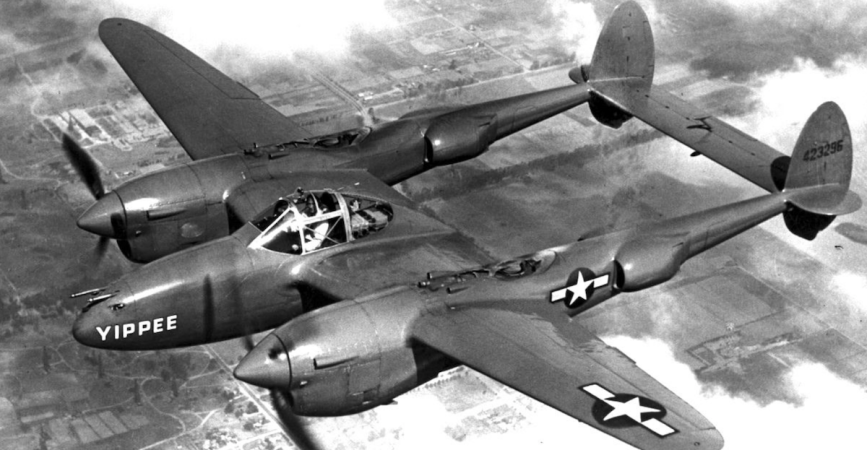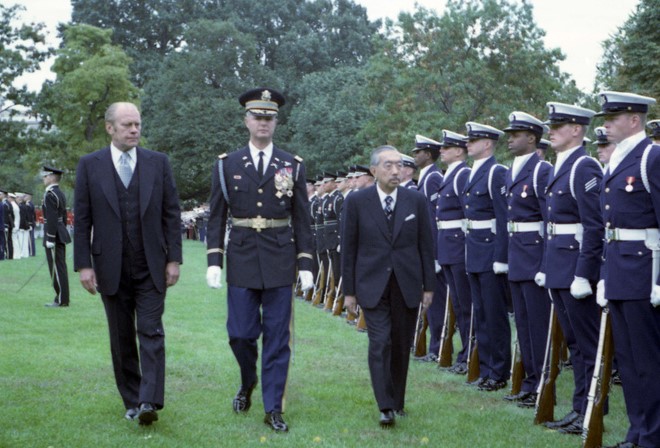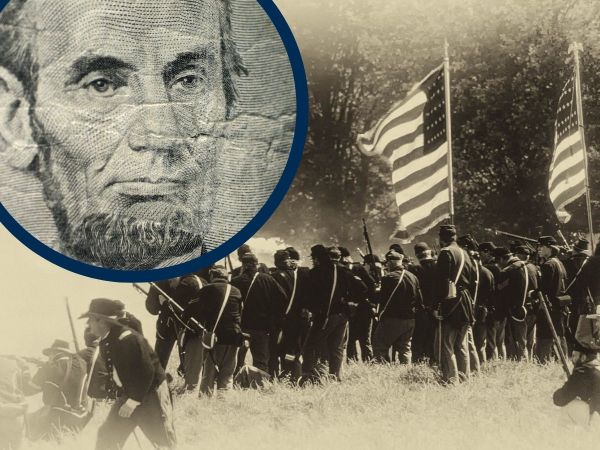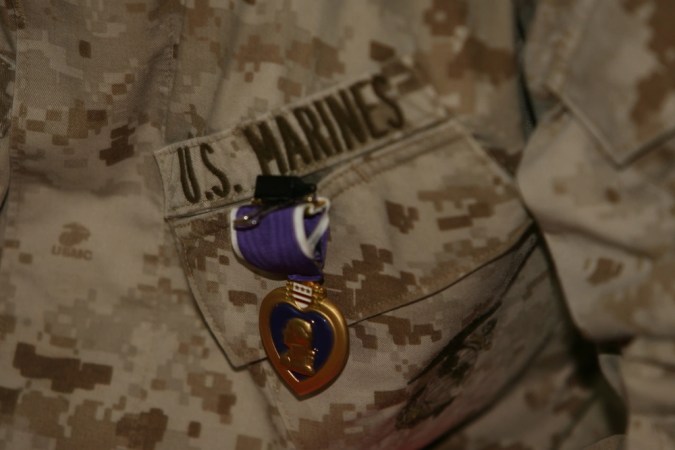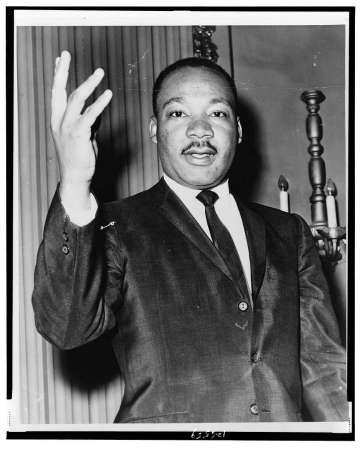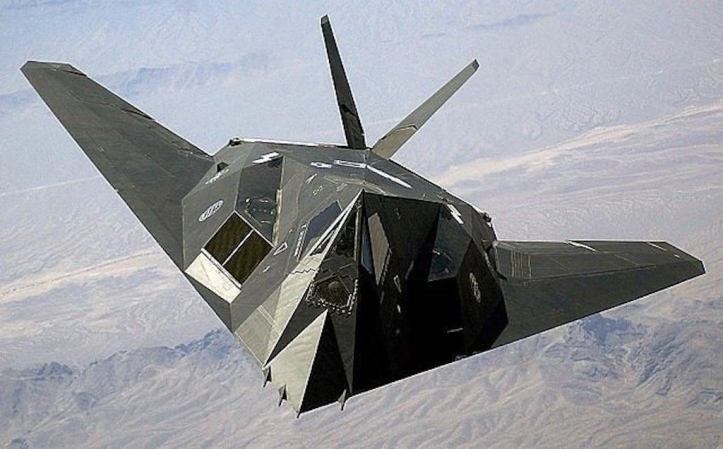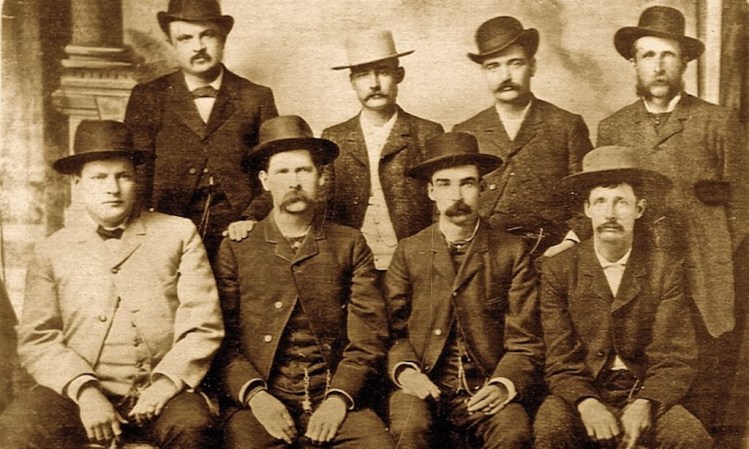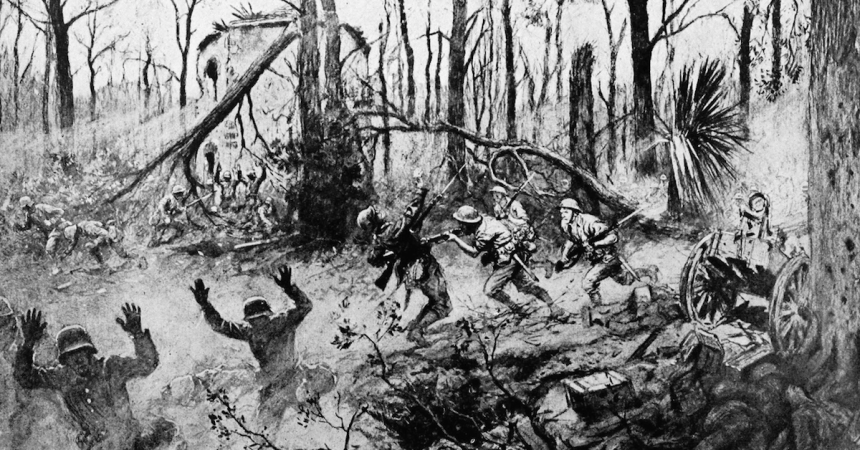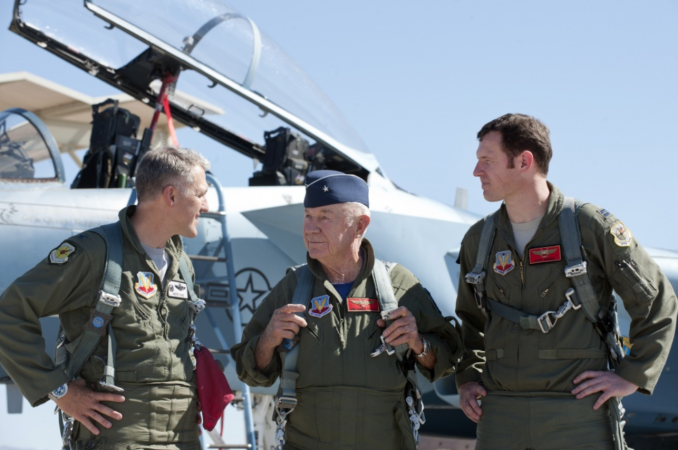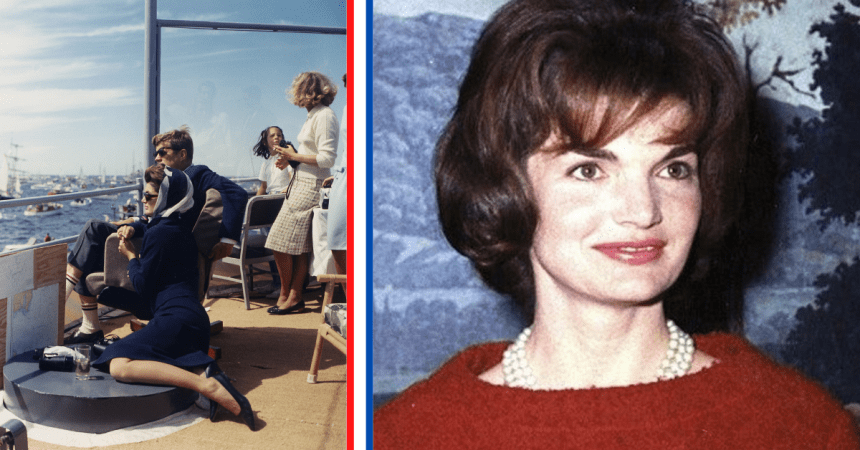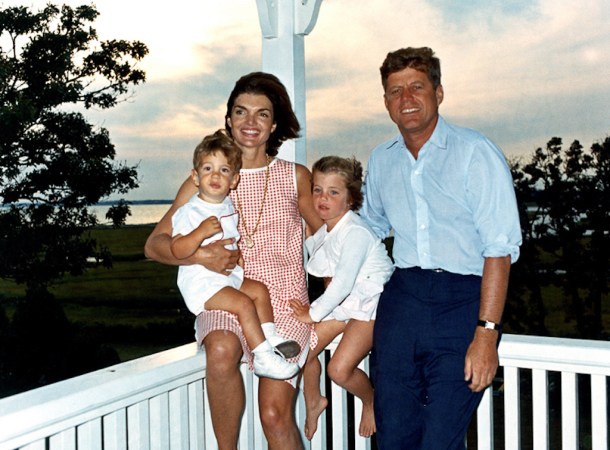After the fighting around Guadalcanal, which was the stage for several epic naval battles, clashes continued in the South Pacific. These battles don’t get as much coverage today, but they were just as important. In fact, it was the Allied move up the Solomon Islands that arguably broke Japan’s back in the Pacific.
The Battle of Midway is justifiably celebrated as a decisive Allied victory that turned the tide of the war. Guadalcanal is known as a slugging match that, although bloody for both sides, put the initiative in Allied hands. It was through the Solomon Islands campaign, however, that put the Allies eventually into a position where they could neutralize the Japanese base at Rabaul and make General Douglas MacArthur’s return to the Philippines happen.
Here are a few things you might not have known about this crucial campaign:

What ultimately emerged as the Allied plan for dealing with Rabaul: Surrounding it, then bombing the hell out of it.
(US Army)
The original plan called for taking Rabaul
MacArthur originally wanted to take Rabaul, which was a superb harbor (the reason why Japan had taken it in early 1942). It had proven extremely useful as a forward base for the Japanese, and MacArthur figured it could work just as well for Allied forces. But heavy fighting at Guadalcanal and the “Europe-first” strategy led to bypassing Rabaul as part of the “island hopping” campaign.
Bypassing worked out pretty well, don’t you think?

A Vought F4U Corsair from Marine Fighter Squadron 215 (VMF-215) lands at Munda Point.
(USMC)
The New Georgia invasion cost Japan in the skies
The Japanese had built an airfield at Munda Point on the New Georgia Islands. This became an important objective in the campaign to the neutralize the Pacific. It took about three and a half months to take the islands, and cost the Allies almost 1,200 personnel — about 15 percent of the losses suffered at Guadalcanal. Japan lost 1,671 personnel, but the real discrepancy was in the air: 356 Japanese planes were downed compared to only 93 Allied losses.

New Zealand Coastwatcher Donald G. Kennedy with a Marine officer.
The invasion of New Georgia was launched nine days early to save one man
According to Volume VI of Samuel Eliot Morison’s History of United States Naval Operations in World War II, after Japan took the Solomon Islands, a coastwatcher from New Zealand, Donald G. Kennedy, courageously went from village to village, vowing that the Allies would return. During the Guadalcanal campaign, he sent warnings of air raids to the Marines. After he was wounded in a firefight with a Japanese patrol boat, the 4th Marine Raider Battalion went in to protect his outpost while the invasion started. Kennedy later received the Navy Cross for his actions.

USS Helena (CL 50) firing on Japanese ships during the Battle of Kula Gulf.
(US Navy)
Two naval battles early in the campaign came out roughly even
In the Battle of Kula Gulf, the U.S. Navy lost a light cruiser, but sank two destroyers. At the Battle of Kolombangara, the Japanese lost a light cruiser and the Allies lost a destroyer and had three light cruisers damaged in what was a tactical victory for Japan.

Future President John F. Kennedy and the crew of PT-109.
(US Navy)
John F. Kennedy earned his heroic reputation in this campaign
John F. Kennedy’s heroism in the wake of the loss of PT 109 came during the fighting around the New Georgia Islands. His PT boat was with others in the Blackett Strait in August, about two months after the invasion started. His boat was rammed by HIJMS Amagiri, and the rest was history.

Admiral Isoroku Yamamoto on April 18, 1943 – hours before he was shot down by Thomas G. Lanphier, Jr.
(Imperial Japanese Navy)
The Pacific Theater’s “Zero Dark Thirty” mission took place just before the Solomons campaign
Admiral Isoroku Yamamoto was carrying out an inspection tour in April, 1943, when his place was intercepted by P-38 Lightnings. Capt. Thomas G. Lanphier would shoot down Yamamoto’s Mitsubishi G4M Betty while Rex Barber downed another that was carrying members of Yamamoto’s staff. The Japanese Navy didn’t have a new Commander-in-Chief Combined Fleet until a month before the invasion of New Georgia.

Australian troops patrolling on Bougainville in January, 1945. Japanese troops on the island held out until August 21 of that year.
(Australian War Memorial)
The Solomons Campaign technically lasted throughout the war
The northernmost of the Solomon Islands, Bougainville, wasn’t fully under Allied control until the Japanese forces there surrendered on August 21, 1945. The United States pulled out in 1944, handing the fighting over to Australian troops, who carried out operations for about a year and a half.

USS Vella Gulf (CG 72) is named for an escort carrier that was named after a battle of the Solomons campaign.
(US Navy)
Several Navy ships get their names from the Solomon Islands campaign
During World War II, a number of escort carriers — the Casablanca-class vessels USS Lunga Point (CVE 94), USS Bougainville (CVE 100), USS Munda (CVE 104) and the Commencement Bay-class ships USS Kula Gulf (CVE 108), USS Vella Gulf (CVE 111), USS Rendova (CVE 114), and USS Bairoko (CVE 115) were all named after battles in the Solomons campaign. Two other ships, the Casablanca-class escort carrier USS Solomons (CVE 67) and the Commencement Bay-class USS Rabaul (CVE 121), were named for the campaign and the ultimate objective, respectively.
Today, the Ticonderoga-class guided-missile cruiser USS Vella Gulf (CG 72) carries on the name of one of those escort carriers, and an America-class amphibious assault ship will be named USS Bougainville (LHA 8).



